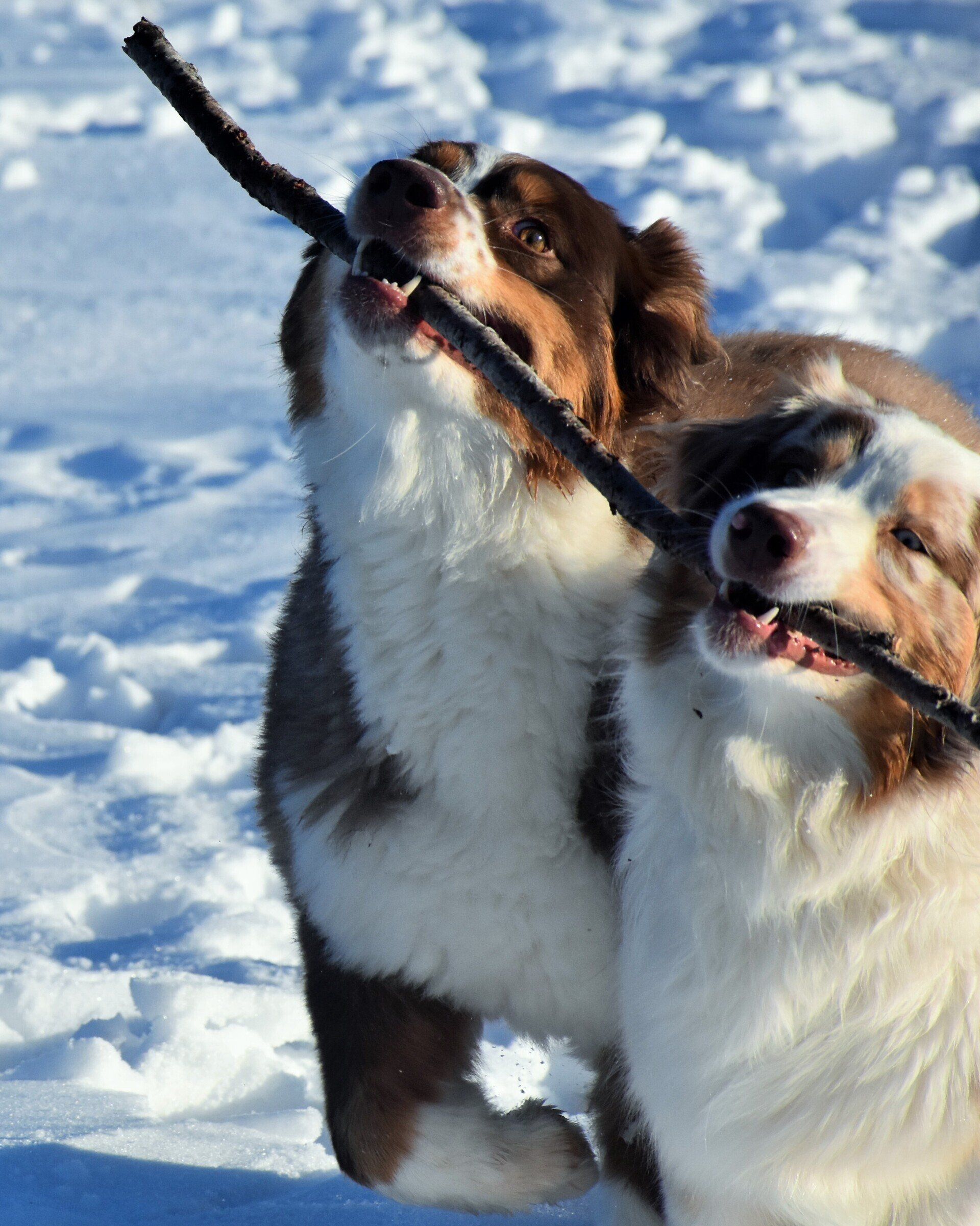You are What You Eat
You Are What You Eat
Dr. Susan Dyer
Most of us are aware of the obesity epidemic afflicting America. Fewer of us are aware of this epidemic afflicting our pets, and our pet birds are no exception!
The traditional diet offered by pet stores to birds is seeds. Occasionally a pet store may recommend some other human foods to supplement your bird’s diet, but these foods are often not ideal either.
Seeds are very high in fat, which makes them delicious. Unfortunately, much like a Twinkie, they are deficient in important vitamins and minerals. This combination results in overweight yet undernourished birds with poor skin or feather quality and fragile bones. Many people don’t recognize the poor feather quality or so-called “stress bars” in their birds feathers as abnormal. But, when their bird has improved after eating a better diet for a few months, many will notice a difference.
The ideal diet for a bird is pellets, since they are balanced based on the specific requirements for birds. People are often comfortable feeding their livestock, chickens, dogs and cats balanced and “pelleted” diets, but incorrectly shy away from feeding their pet birds these diets. Ideally, we recommend a pelleted diet with no dyes or other additives, but even these diets are better than seeds. The primary diet of our pet birds should consist of 90% pellets, 7% vegetables and 3% fruit.
Converting a bird from a seed to pelleted diet is not always easy, but well worth it for the increased health and well being of your bird. Please don’t attempt to do this conversion on your own. Schedule a consultation with your veterinarian to evaluate your bird’s overall health to be sure it is able to tolerate the stress of a diet conversion. Many stubborn birds put themselves at risk by boycotting their new diet. Your veterinarian can teach you how to monitor your bird’s health while doing a diet conversion. If your bird is particularly difficult to convert, a veterinarian can also board your bird while doing the conversion under direct supervision.
If you must supplement your bird’s diet with other foods, below is a table that includes appropriate foods and their function in the body. Be aware, that your average parrot should only get thin slivers for portion size. Think of feeding a parrot a grape as being similar to a human eating an entire watermelon. Your pet will get lots of fluid and sugar, but not a large amount of balanced nutrients from that single item.
| Nutrients | Function | Foods |
| Vitamin A | Maintains tissue lining respiratory, reproductive, and urinary tracts | Yellow/winter squash, sweet potatoes/yams, carrots, cooked egg yolk, alfalfa sprouts, endive, kale, spinach, cod liver oil, collard greens, mustard greens, turnip greens, broccoli, beet greens, mango, pumpkin, cantaloupe, chili peppers, red and sweet peppers, chicory, chard, green peppers, apricots, persimmons, papaya, Brussels sprouts, asparagus, zucchini, peas. (The darker the flesh the higher the vitamin A content.) |
| B Vitamins | Participate in metabolic reactions and energy production at the cellular level and other internal growth | Cooked eggs, cheese, nuts, sunflower seeds, millet seeds, green leafy vegetables, cereals, grains, asparagus, broccoli, lemons, bananas |
| Vitamin C (Ascorbic Acid) | More important for stressful situations | Potatoes, broccoli, red and green peppers, tomatoes, spinach, asparagus, peas, radishes, swiss chard, zucchini |
| Vitamin D3 | Maintains proper Calcium and Phosphorus balance | Cooked gg yolk, sunlight, UV lights |
| Vitamin E | Antioxidant protecting cell membranes | Cooked egg yolk, alfalfa sprouts, oats, green leafy vegetables, wheat germ |
| Vitamin K | Maintains blood clotting ability | Green leafy vegetables, soybeans, alfalfa sprouts, beet greens |
| Calcium | Maintains growth and support of bone structure (particularly important for African Greys) | Egg shells, cheese, dandelion, lowfat yogurt, mineral blocks, collard greens, turnip greens, mustard greens, kale, broccoli |
| Protein | The body’s “building blocks” | Dried beans, dried peas, corn, nuts, soybean meal, lowfat plain yogurt, lowfat cheese, cottage cheese, well cooked chicken & chicken bones, fish, water packed tuna, turkey, quinoa, amaranth |
The post You are What You Eat appeared first on 4 Legs & A Tail .








SEO and Design services provided by 4 Legs & A Tail. Privacy Policy.
The content of this website including but not limited to the images or any other marks are the property of their respective copyright owners and designers. All images and marks are used under license from their owners. Any copying or downloading without express written permission is a violation of copyright law and is prohibited.
Legal

